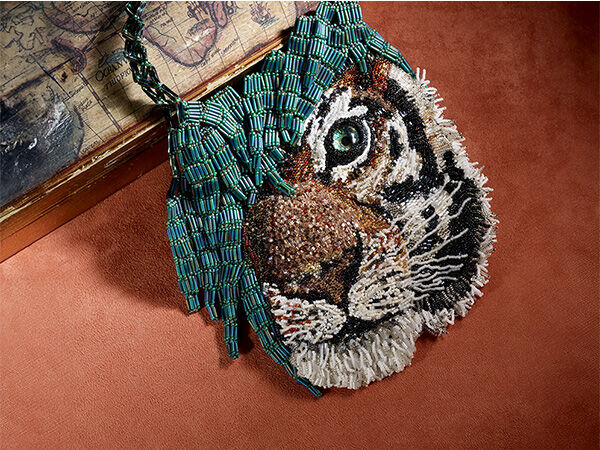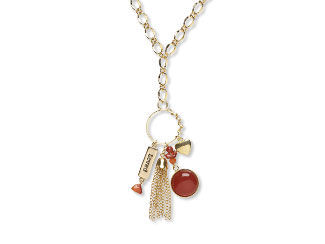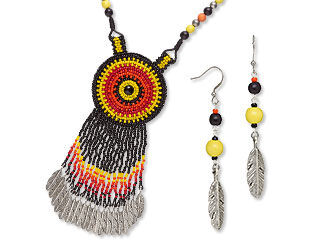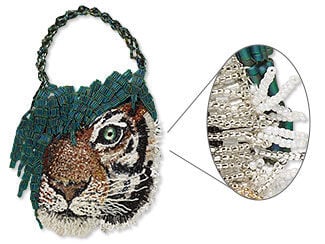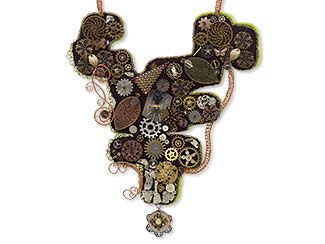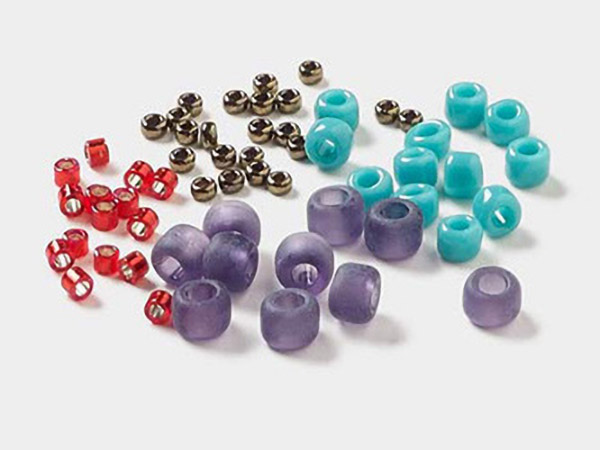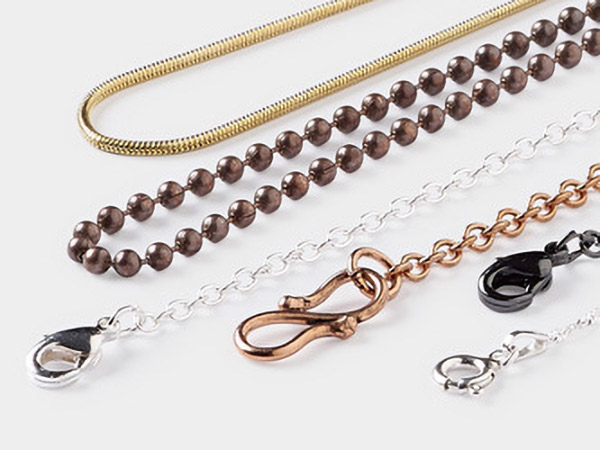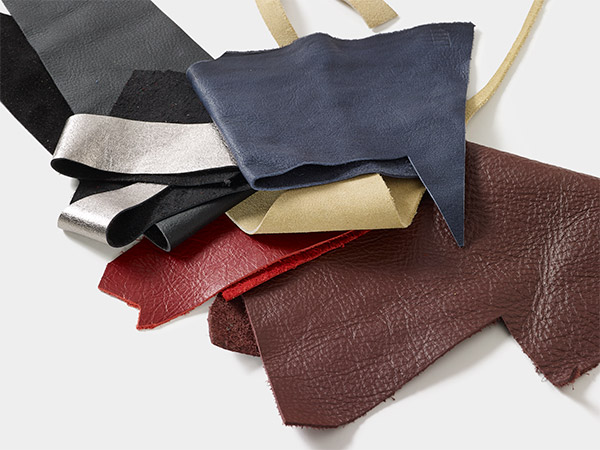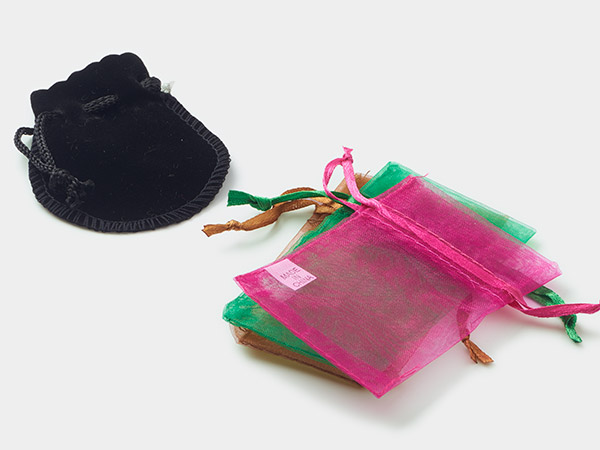Slow Fashion: Quality Over Quantity
by Ceri Matthews, Design Idea LA58
Clothing production used to be done in the home or small workshops. Fashion designers would produce small collections two to three times a year, style savants saving to acquire a few of the exclusive pieces. But in the 1960s, the market began to shift. Younger customers began embracing the cheaply made alternatives that could keep them on trend for a fraction of the price. To meet the growing demand for more affordable options brands began mass producing pieces at dizzying speeds. This efficiency-first production process was aptly dubbed Fast Fashion.
For decades, very few people saw anything wrong with this break-neck system. Trendy clothes and accessories were easily accessible and cheap. In fast-fashion marketing, consumers are encouraged to buy new items frequently and are constantly bombarded by messages of "in" style. Items from past seasons were considered passé or unfashionable and thus could never be worn again. This throw-away mentality was driving a perpetual cycle of overconsumption, unfair labor practices and extreme amounts of waste.
As humanitarian and environmental issues rose to the forefront of mainstream media, consumers became increasingly educated on the darker truths of the industry. Strengthened by knowledge, many consumers began calling for more transparent practices and higher-quality products.
Slow and Steady Wins the Race
The phrase "slow fashion" comes from a 2007 British publication written by journalist Kate Fletcher. She states:
"Slow fashion is about choice, information, cultural diversity and identity. Yet, critically, it is also about balance. It requires a combination of rapid imaginative change and symbolic (fashion) expression as well as durability and long-term engaging, quality products. Slow fashion supports our psychological needs (to form identity, communicate and be creative through our clothes) as well as our physical needs (to cover and protect us from extremes of climate)."
Slow Fashion isn't about rejecting trends, it's about a more holistic approach to creation and emphasizing emotional connection, care and quality in your products.
For consumers, the Slow Fashion movement is about buying mindfully and speaking with your dollar. But what about as a designer? How can craftspeople, jewelry makers and small business owners cater to the conscious customer? Can the Slow Fashion mentality actually benefit your sales? The answers may surprise you.
A Love That Takes its Time
It's likely that your jewelry designs already contain the most important Slow Fashion ingredient--love. But, how does that affection manifest in your work?
One way is to give your customers exactly what they want and more than they dreamed. Customized pieces show your customers you see them as individuals and forms an instant, hard-to-break connection between them and the product. One study suggests that consumers are nearly 10 times less likely to discard a personalized item. Personalized jewelry provides the opportunity for pre-orders and deposits, securing upfront funding for your projects.
Another way to create for the Slow Fashion movement is to carefully consider your materials. No one enjoys when jewelry turns skin green, chains snap, cords fray or metal tarnishes. You want your customers to be able to enjoy your creations for years to come and maybe even long enough to be passed down as a family heirloom. Custom-made jewelry, as opposed to mass production, saves raw materials, allowing you to use higher-quality supplies.
To help increase the longevity and quality of your designs, we encourage you to start at the source. Being mindful of your materials and doing your best to use earth-friendly, quality components will help everyone in the long run. This doesn't mean all your designs need to be made with the purest fine metals. This concept is more about having the power to confidently assure your customers that you've considered every detail of your design. Knowing the makeup and origins of your materials increases your authority and the marketability of your piece. Luckily, Fire Mountain Gems offers a wide variety of eco-friendly and high-quality options to help you get started.
Many of our organic materials, such as wood components, cultured freshwater pearls and genuine leather, are purchased from ethical and sustainable sources. For macramé and kumihimo projects try Hemptique® cord. This polished hemp cord brand is 100% biodegradable, oil free and uses AZO-free dye.
For Slow Fashion-centered metal components, we recommend Hill Tribes Fine Silver. With a long cultural history of skilled metalsmithing, the Hill Tribes of Thailand are respected for their expert craftsmanship in fine silver and other metals. These hand-crafted pieces are works of art in themselves and are a fine addition to any Slow Fashion style.
For sparkle, we suggest a high-quality crystal. Preciosa is one of the biggest names in the industry, utilizing over 400 years of experience to bring you sturdy and luxurious shine. Their Czech crystal components exhibit dazzling color, uniform facets and a variety of gemstone-inspired cuts. Plastic rhinestones are often made with harmful petroleum projects and can be easily damaged, increasing the chance of your handmade piece heading to the landfill before its time.
Once your Slow Fashion designs are completed, keep the sustainability cycle going in your packaging. Try to avoid single-use packaging like plastic bags, tags and non-recyclable paper. Give your gorgeous jewelry the presentation it deserves with reusable wrapping solutions. Organza pouches, sturdy gift boxes and snap pouches are all excellent ways to send off your orders and provide your customer with a convenient way to gift their treasures.
Reduce, Reuse and Up-cycle
Conceptual artist Marcel Duchamp did it first. If an early 20th-century artist can pass a urinal as high art, you can work a few everyday objects into your jewelry designs. Don't be afraid to turn found objects into something new to include in your jewelry. Unconventional materials often result in one-of-a-kind creations. In a market flooded with mass-produced items, this type of jewelry offers the uniqueness customers crave. Scour your local thrift stores for untapped up-cycle potential. Host a jewelry-supply swap to exchange excess and unused items. Save your clay, metal and leather scraps for a fun creative challenge. Fix up that 25-cent piece from a garage sale. Stop your mom from donating Grandma's old brooches. These are just a few of the many ways you can join the Slow Fashion Movement.
The Slow Fashion Movement is much more than just a trend, it's strongly informing the future of fashion. Join the movement you can lead your patrons away from the fast-paced speedway of modern consumer culture and into the lovingly crafted, artisanal world of Slow Fashion.
Shop for Your Materials Here:
Have a question regarding this project? Email Customer Service.
Copyright Permissions
All works of authorship (articles, videos, tutorials and other creative works) are from the Fire Mountain Gems and Beads® Collection, and permission to copy is granted for non-commercial educational purposes only. All other reproduction requires written permission. For more information, please email copyrightpermission@firemtn.com.
